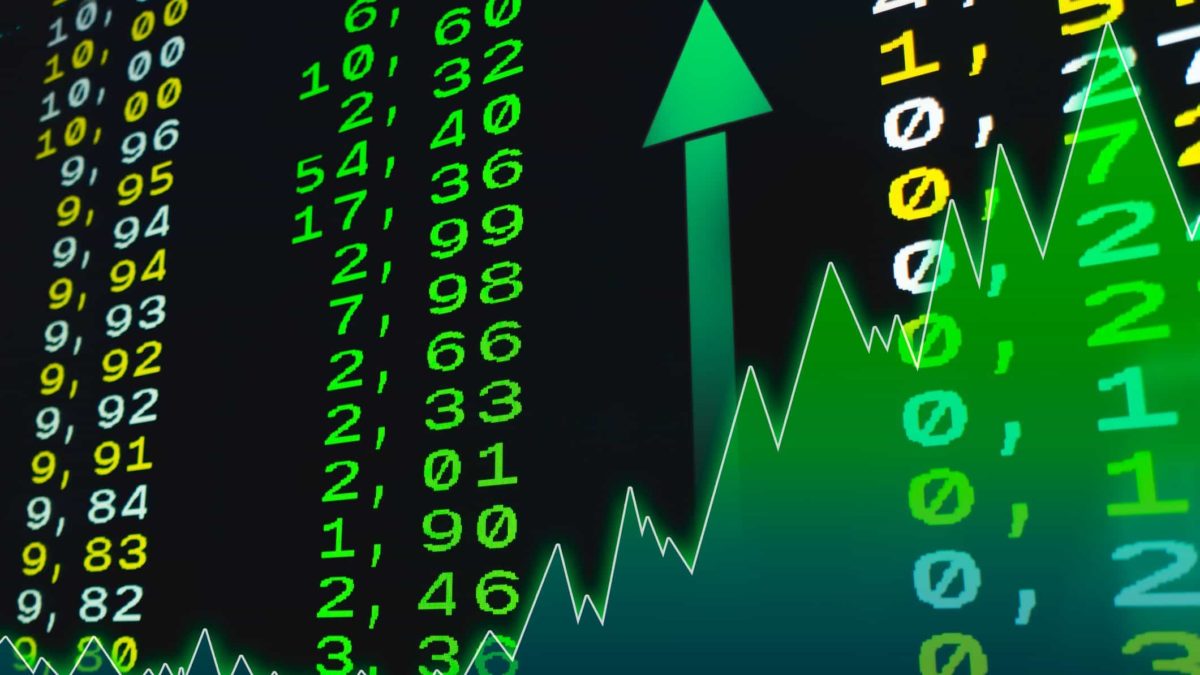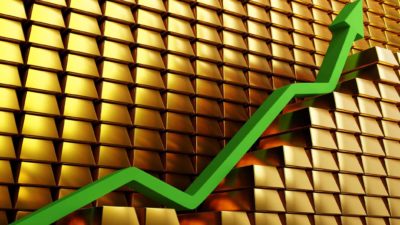The S&P/ASX 200 Index (ASX: XJO) is showing no signs of exhaustion in 2024, having nudged to a new all-time high in Tuesday's session.
On July 15, the Australian benchmark index poked its head above the 8,000 mark for the first time in history. It now rests at 8,049 points just before lunch time today.
Despite the rush hour of gains, investment bank UBS has maintained its end-of-year target for the ASX 200 at 8,000 points.
This means the index would track sideways until yearend, if UBS is correct. Let's take a look.
ASX 200 hits new highs
The ASX 200 soared to its second new record high this week, surpassing 8,000 points for the first time in history.
As my colleague Seb reported, it was a "momentous session" for Australian equities – and rightly so. The Aussie index has braved off inflation, higher interest rates, geopolitical risks, and whatever else to notch this milestone.
It has climbed over 18% since October last year when it was below 6,800 points. This surge has been driven by strong performances from key sectors, particularly financials and mining.
UBS' take on the ASX 200
UBS strategist Richard Schellbach remains optimistic about the ASX 200, despite keeping an end-of-year target at 8,000 points on the benchmark.
Schellbach notes that the index is trading at a higher valuation multiple, yet the dividend yield remains comparable to historical levels. According to The Australian, he noted:
Right now the [price-to-earnings-ratio (P/E)] relative of Australian stocks versus global [stocks], sits roughly in the range they have maintained over the last two decades.
At 8000, the ASX200 sits on a richer than usual valuation multiple, whilst the current dividend yield still seems comparable to history…The weighting split between key sectors seen now does not indicate any huge shift within the composition of the equity market.
Schellbach also addresses concerns about market concentration. He asserts that the ASX market capitalisation hasn't become overly concentrated among the biggest stocks.
The top 5, 10, and 20 companies hold similar market cap weights in the index as they did in 2000.
Given what happened in the year 2000 – the "tech bubble" bursting, resulting in one of the sharpest bear markets in history — I'm not sure if this is a good or bad omen. Time will tell.
Future outlook
UBS says the ASX 200 is trading on the expensive side compared to historical averages. But, it notes this trend is consistent with global equity markets.
When adjusting for long-term market cycles, using a ratio called the "cyclical adjusted PE ratio" or "CAPE", it says there are no signs of an "earnings bubble."
Schellbach acknowledges that the period of "peak margins" is over, but Australian companies aren't "overlearning" based on their return on equity (ROE).
Takeout
The ASX 200's record high is a testament to the resilience of the Australian economy at large. UBS' steady end-of-year target is interesting. Whilst it is flat on today's index value, it also implies no downside either.
Despite this, valuations do matter, and past performance is no guarantee of future results. It's critical to consider your own personal risk tolerances.









